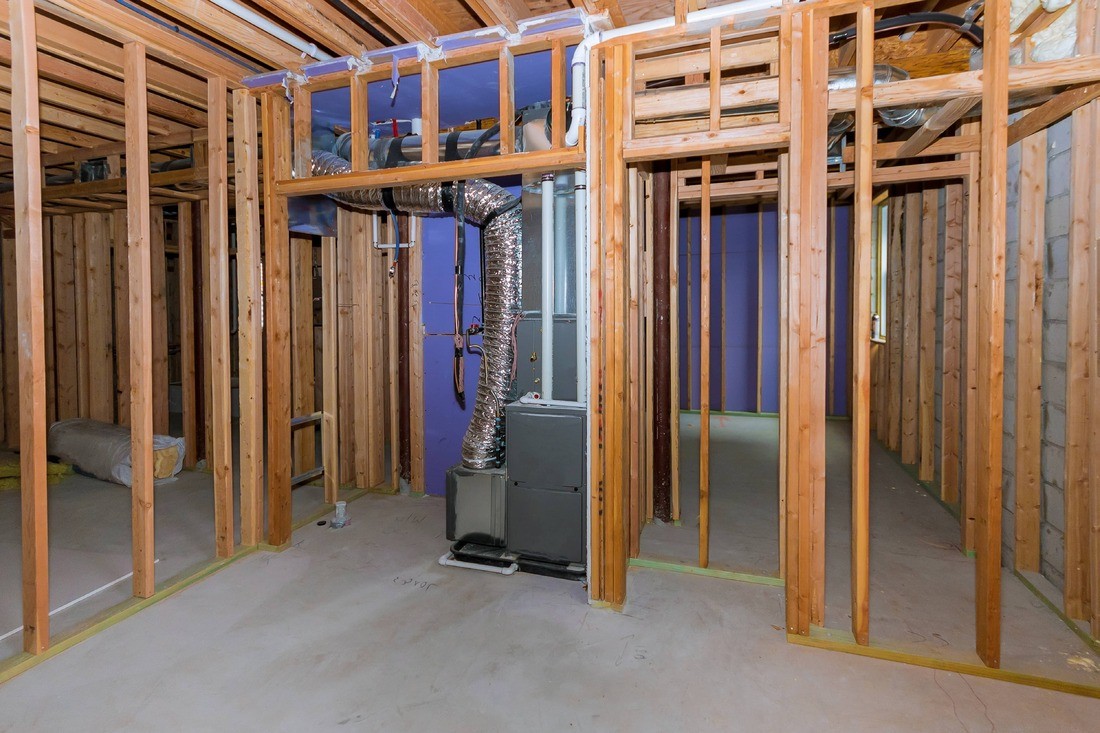
Introduction
Basement water damage can be a distressing and costly issue for homeowners. When a basement floods, it is essential to have the right equipment and knowledge to clean up the damage and restore the space. In this article, we will explore basement water damage cleanup equipment from various angles, discussing its importance, types of equipment used, and steps involved in the restoration process.
The Importance of Basement Water Damage Cleanup Equipment
Basement water damage cleanup equipment plays a crucial role in efficiently removing water, drying the affected area, and preventing further damage. Here are some reasons why this equipment is essential:
1. Efficient Water Removal
The primary purpose of basement water damage cleanup equipment is to remove water quickly and effectively. This equipment includes powerful pumps, wet/dry vacuums, and water extractors designed to handle large volumes of water.

2. Moisture Detection
Accurately identifying moisture levels in the affected area is vital to prevent mold growth and structural damage. Moisture meters and thermal imaging cameras are commonly used to detect hidden water and moisture.
3. Drying and Dehumidification
Once the water is removed, the next step is to dry the area thoroughly. Industrial-grade air movers, dehumidifiers, and heaters are used to evaporate moisture, accelerate drying, and reduce humidity levels. Proper drying prevents mold and mildew growth.
4. Cleaning and Disinfection
Basement water damage cleanup equipment also includes cleaning tools and disinfectants to ensure the affected area is thoroughly cleaned and sanitized. This step is essential to prevent bacterial and fungal growth and to eliminate unpleasant odors.
5. Restoration and Repairs
After the area is cleaned and dried, restoration work may be required to repair any structural damage, replace damaged materials, and restore the basement to its pre-flood condition. This may involve carpentry, flooring installation, and painting, among other tasks.
Types of Basement Water Damage Cleanup Equipment
There are various types of equipment used for basement water damage cleanup. Here are some commonly used items:

1. Submersible Pumps
Submersible pumps are designed to remove large amounts of water from the basement. These pumps are placed directly in the flooded area and use a motor to pump water out.
2. Wet/Dry Vacuums
Wet/dry vacuums are versatile tools that can handle both wet and dry cleanup. They are used to remove water, debris, and dirt from the affected area.
3. Water Extractors
Water extractors are powerful machines that use suction to extract water from carpets, upholstery, and other absorbent materials in the basement. They are especially useful for removing water from saturated carpets.
4. Air Movers
Air movers, also known as carpet blowers, are used to circulate air and accelerate the drying process. They blow air across wet surfaces, promoting evaporation and preventing mold growth.
5. Dehumidifiers
Dehumidifiers are essential for removing excess moisture from the air. They lower humidity levels, preventing mold growth and promoting faster drying.
6. Moisture Meters
Moisture meters are handheld devices used to measure moisture content in materials such as wood, drywall, and concrete. They help professionals identify areas with high moisture levels that may require additional drying.
The Basement Water Damage Cleanup Process
The basement water damage cleanup process involves several steps to ensure thorough restoration. Here is an overview of the process:
1. Safety Assessment
Before entering a flooded basement, it is crucial to assess the safety of the area. This step includes checking for electrical hazards, structural damage, and any potential health risks.
2. Water Removal
Using submersible pumps, wet/dry vacuums, or water extractors, the first step is to remove as much water as possible from the basement. This prevents further damage and speeds up the drying process.
3. Drying
After water removal, the affected area needs to be thoroughly dried. This is done using air movers, dehumidifiers, and heaters to evaporate moisture and reduce humidity levels.
4. Cleaning and Disinfection
Once the area is dry, it is important to clean and disinfect all surfaces to prevent mold growth and eliminate bacteria. Specialized cleaning solutions and equipment are used for this step.
5. Restoration and Repairs
Any structural damage or material replacements needed to restore the basement to its pre-flood condition are completed during this stage. This may involve carpentry, flooring installation, painting, and other restoration tasks.
Conclusion
Basement water damage cleanup equipment is essential for efficiently removing water, drying the affected area, and restoring a flooded basement. By utilizing appropriate equipment, homeowners can mitigate the damage caused by basement floods and ensure a safe and habitable environment. If you require professional assistance with basement water damage restoration, contact JGW Group Water Damage Restoration Deerfield Beach at 754-294-5717. They specialize in basement flood restoration and offer a wide range of restoration services.



